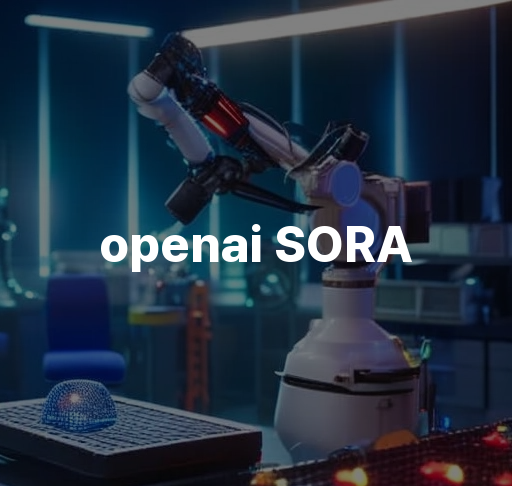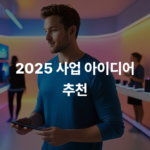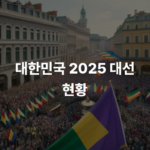SORA: 효율적이고 혁신적인 AI
1. Overview
1.1. Introduction
OpenAI has introduced Sora, an AI model that can create realistic and imaginative scenes from text instructions. This groundbreaking technology allows for the generation of videos up to a minute long while maintaining visual quality and adherence to user prompts.
1.2. Background
Sora is built upon past research in DALL·E and GPT models. It utilizes a transformer architecture, enabling superior scaling performance and the ability to represent visual data in various formats such as different durations, resolutions, and aspect ratios.
1.3. Objectives
The main objective of Sora is to understand and simulate the real world accurately, paving the way for more advanced AI capabilities that can assist in problem-solving tasks requiring real-world interactions.
2. Model Architecture
2.1. Transformer Architecture
Similar to GPT models, Sora utilizes a transformer architecture that allows it to understand and follow user instructions effectively. This architecture enables the model to generate videos from text prompts and create compelling visual scenes.
2.2. Diffusion Technique
Sora utilizes a diffusion model that starts with static noise and gradually transforms it by removing noise over multiple steps. This technique enables the model to generate videos with foresight, ensuring consistency in visuals even when the subject temporarily goes out of view.
2.3. Recaptioning Process
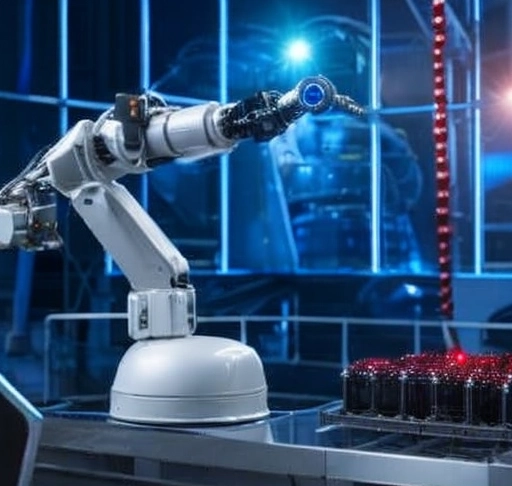
Drawing from the recaptioning technique of DALL·E 3, Sora generates highly descriptive captions for visual training data. By incorporating this process, the model can faithfully follow text instructions and create videos that accurately reflect the user’s prompts.
3. Training Data
3.1. Patch Representation
Videos and images are represented as patches, similar to tokens in GPT models, allowing for training on a wide range of visual data. This patch representation approach enables Sora to generate videos and images with attention to detail and accuracy.
3.2. Image Generation Process
Sora can generate videos from existing still images, animating the contents of the image with precision. Additionally, the model is capable of extending existing videos or filling in missing frames to create seamless and engaging visual content.
3.3. Video Extension and OpenAI Sora
Sora serves as a foundation for models that can understand and simulate the real world, hinting at the potential for achieving Artificial General Intelligence (AGI). With its ability to generate videos based on text instructions and existing visual content, Sora opens up new possibilities for creative professionals, filmmakers, and artists to explore innovative applications of AI technology.
4. Safety Measures
4.1. Red Teaming Evaluation
Red teaming evaluation is a crucial step in ensuring the safety and integrity of the Sora AI model. Red teamers, who are domain experts in areas like misinformation, hateful content, and bias, will adversarially test the model to identify any potential vulnerabilities or risks. By engaging red teamers, OpenAI can proactively address any potential harms that may arise from the deployment of the Sora model.
4.2. Usage Policy Enforcement
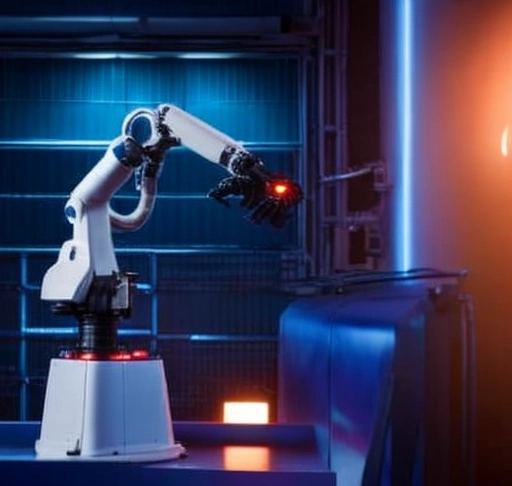
Usage policy enforcement is another key safety measure implemented by OpenAI to safeguard against misuse of the Sora AI model. By developing and enforcing strict usage policies, OpenAI can prevent the generation of harmful or inappropriate content. Text input prompts that violate the usage policies, such as those requesting extreme violence, sexual content, hateful imagery, celebrity likeness, or others’ intellectual property, will be rejected to maintain the integrity of the platform.
4.3. Image Classification Review
Image classification review plays a critical role in ensuring that all generated videos adhere to the established usage policies and safety standards. OpenAI has developed robust image classifiers that thoroughly review the frames of every generated video to detect and prevent any content that may violate the usage policies. This review process helps maintain the quality and safety of the content produced by the Sora AI model.
5. Future Applications
5.1. Creative Professional Tools
The Sora AI model offers exciting potential as a creative professional tool, enabling visual artists, designers, and filmmakers to generate realistic and imaginative scenes from text instructions. By providing feedback and input on the model, creative professionals can help advance its capabilities and explore new possibilities for visual storytelling and content creation.
5.2. Educational Use Cases
In the realm of education, the Sora AI model can be utilized to enhance learning experiences and facilitate visual storytelling in classrooms. Educators can harness the power of Sora to create engaging and immersive videos that bring educational concepts to life, making learning more interactive and impactful for students of all ages.
5.3. Potential Impact on Industries
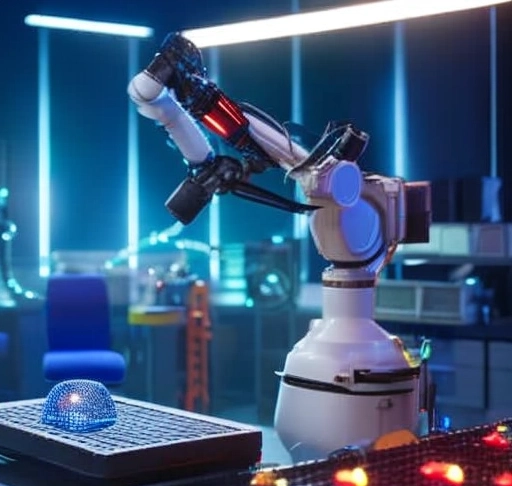
The widespread adoption of AI technologies like Sora has the potential to revolutionize various industries, including entertainment, advertising, and digital media. By incorporating AI-generated content into their workflows, companies can streamline production processes, reduce costs, and explore innovative ways to engage with their audiences. The impact of AI models like Sora on industries is likely to bring about significant changes in how visual content is created and consumed.
6. Community Engagement
6.1. Policymaker Consultation
Engaging policymakers in discussions about the implications of AI technologies like Sora is essential for shaping responsible AI governance. By consulting with policymakers, OpenAI can ensure that ethical considerations are taken into account and that regulations are in place to mitigate potential risks associated with AI models. Community involvement in policymaking helps promote transparency and accountability in the development and deployment of AI technologies.
6.2. Feedback from Artists
Feedback from artists is invaluable in the continued development and refinement of the Sora AI model. By collaborating with visual artists, animators, and designers, OpenAI can gain insights into how Sora can best serve the creative community and address the specific needs and challenges faced by artists. Incorporating artist feedback helps enhance the usability and effectiveness of the AI model for creative professionals.
6.3. Global Outreach Efforts
OpenAI’s global outreach efforts aim to raise awareness about AI technologies like Sora and engage with diverse communities worldwide. By reaching out to a global audience, OpenAI can foster a better understanding of the potential benefits and challenges associated with AI models. These efforts help build a more inclusive and informed ecosystem around AI innovation and encourage collaboration across borders for the responsible development of AI technologies.
